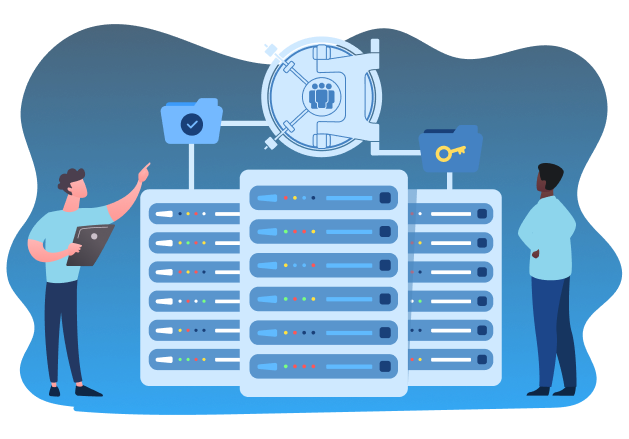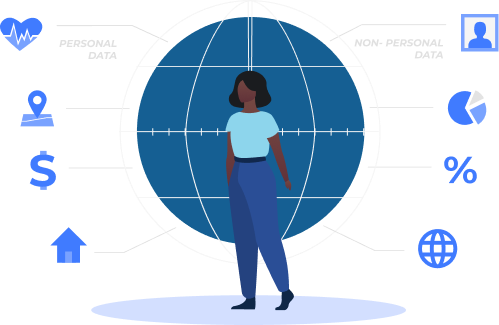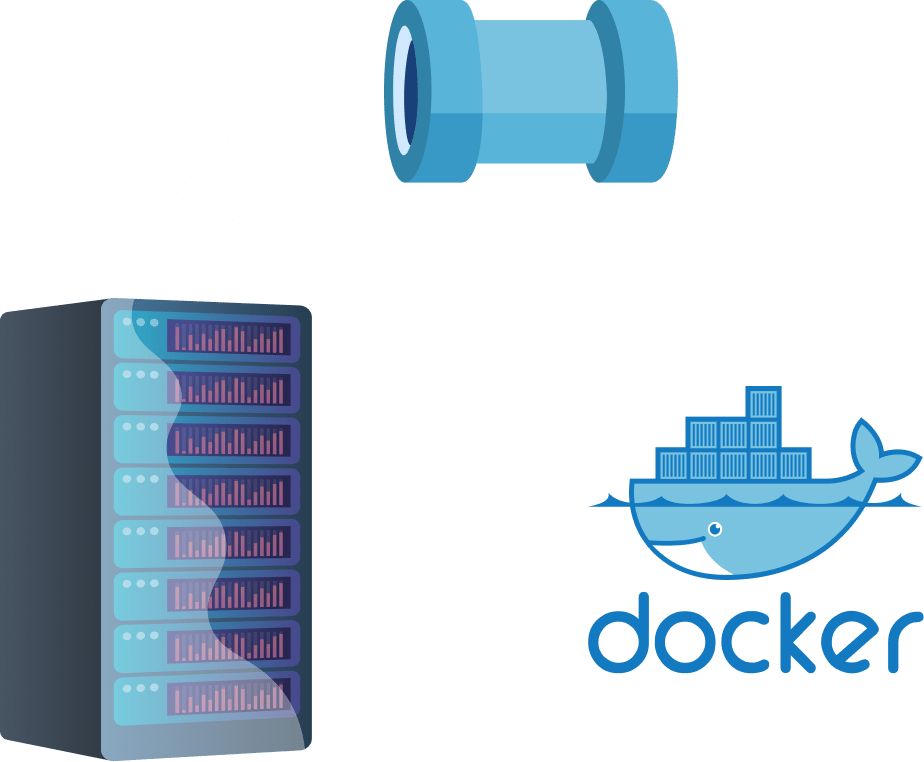Data Security and Privacy for 2025 Challenges
The attacks on your data today look nothing like those from just a few years ago. With attackers now leveraging quantum-powered generative AI, protecting your data is exponentially more difficult. So why are you still relying on security methodologies that are older than computers? The only thing that has changed in encryption is the level of math used.
Legacy data protection’s other weaknesses aren’t solved by Post-Quantum Encryption (PQE) or Fully Homomorphic Encryption (FHE).
That’s why it’s time to rethink how data security is structured. Multi-dimensional Result Factoring (MRF) is the first fundamentally new approach to data security and privacy in decades. Built to preserve full utility of data while in its protected state, and powered by patented innovations like Data Sundering, MRF changes the game—for good.
Request our white paper to learn how MRF not only meets your data security and privacy needs but can also speed up data processing—even faster than working with cleartext.
Mind-blowing, right?

Optionality
What is Optionality in Data Security?
Optionality is having the ability to provide the data with the appropriate security for each specific use case without having to impose the limitations and overhead of that security in other use cases. We call this the Presentation Layer because the data is protected for how it needs to be presented. At rest, it is always fully secured.

How is Optionality Different?
When using legacy data protection such as encryption or tokenization, the protected data is stored in a transformed state (encrypted or tokenized) along with the unprotected data. The protected state may be functional for one or even a few use cases, but when one of your use cases requires something different? Well, then typically you are in a box and a brick wall blocks your way out. Either the data must be used in clear text or, in most cases, the data is not allowed to be used.

How PII Vault Works

Data Separation
The first step in securing personally identifiable information (PII) is to separate physically and logically PII from non-PII or fact data. Separating PII data into a completely different environment, and eliminating any common keys which would allow an attacker to cross reference the data, reduces your risk immediately.
PolyAnonymization
Privacy compliance is accomplished through a process called Poly-Anonymization™. Poly-Anonymization involves taking any personal identifying pieces of information (name, gender, address, social security number, etc.)and swapping it out for our Poly-Anonymous Identifier (Poly-Id). This value is unique, inconsistent, unpredictable, has multiple potential values and is not hashed. After data has been Poly-Anonymized, organizations can share the resulting data either internally or externally without the usual risk that would be associated with such activity.


Disparate Data Matching
Robust insights are more attainable when processing data from multiple or disparate sources. PII Vault matches poly-anonymized data for disparate data matching, allowing you to combine any number of poly-anonymized data sets, at the individual level — without ever receiving any PII.
With a complete view, you can better align your marketing and sales strategies, have access to concrete insights for reporting and analysis and ultimately make substantiated business decisions for higher ROI and business growth.
Synthetic PII
Using production data for non-production purposes is fraught with challenges and limitations. Most of those disappear when the PII is not real. PII Vault can replace the real PII values with either realistic synthetic values or consistent tokens. Either approach allows you to use your production data without risking the security or privacy of your end customers. You control whether the values are consistent or change for every run and every database. This lets you safely use production data in non-production environments.


PII Redaction
Unstructured data is everywhere these days and the risks when it contains PII are immeausurable. The PII Vault can redact unstructured data, providing greater PII data security.
API and Docker Container
Data separation, remote anonymization, data matching and masking are all managed through the PII Vault API, making it extensible and easy to use. Even better, the PII Vault is delivered via a simple Docker Container.
This means you can put the PII Vault anywhere, including public or private cloud or on-prem data center. It’s completely up to you.

Request Demo
Looking forward to showing you our PII Vault data privacy solution. Tell us a bit about yourself, and we’ll get in touch to schedule the demo ASAP.